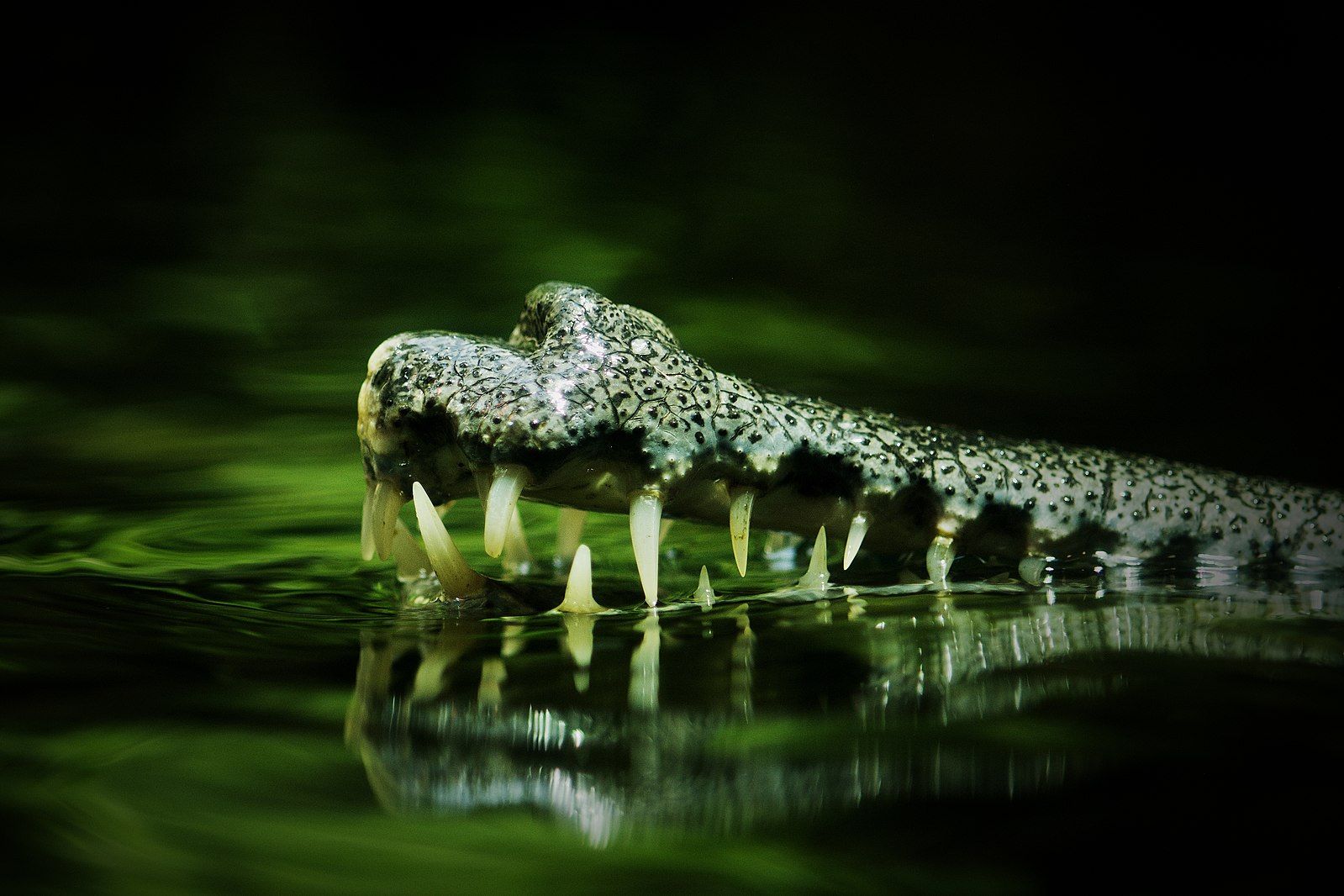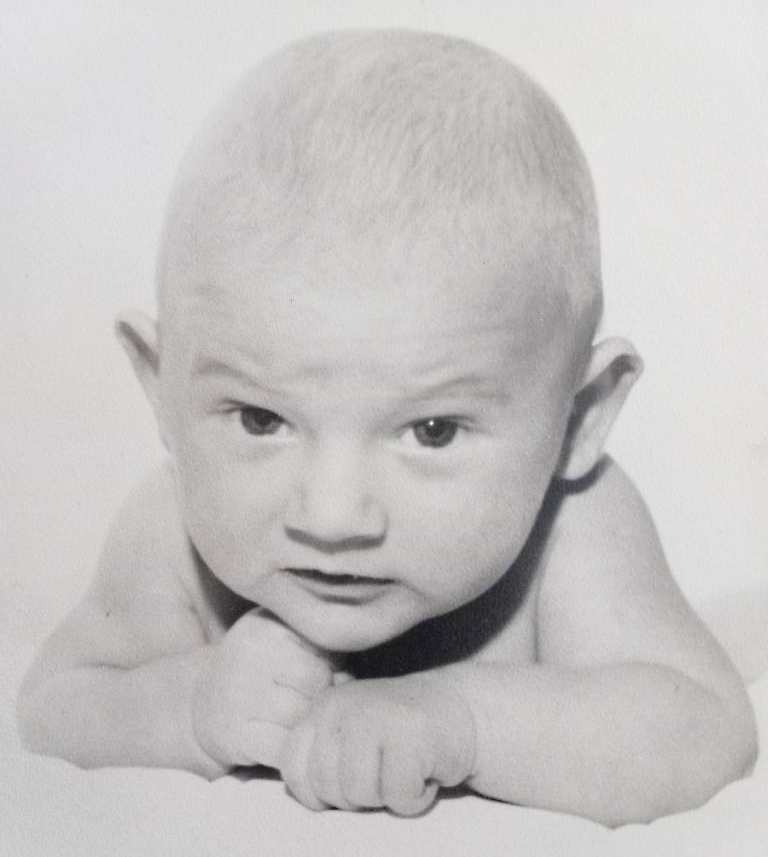
27 Species of Crocodilia
Crocodiles, alligators, caimans and the gharial are semiaquatic reptiles belonging to the order Crocodilia and can be found in Africa, Asia, the Americas and Australia. The only place on earth where crocodiles and alligators co-exist is in south Florida.
Apart from seeing you later and in a while, there are a couple of ways to distinguish an alligator from a crocodile in case you run into one:
ALLIGATORS
- wider, more compact snouts
- teeth of the lower jaw fit into sockets in the upper jaw and are not visible when the mouth is closed.
CROCODILES
- snout tapers toward the nose
- some of the teeth sit in notches outside of the upper jaw and are visible in varying degrees when the mouth is closed
Common Name
American crocodile
American alligator
Chinese alligator
Cuvier’s dwarf caiman
Smooth-fronted caiman
Spectacled caiman
Broad-snouted caiman
Yacare caiman
Black caiman
Orinoco crocodile
Morelet’s crocodile
Cuban crocodile
Nile crocodile
Dwarf crocodile
West African crocodile
West African slender-snouted crocodile
Central African slender-snouted crocodile
Gharial
False gharial
Mugger crocodile
Saltwater crocodile
Freshwater crocodile
New Guinea crocodile
Hall’s New Guinea crocodile
Siamese crocodile
Borneo crocodile
Philippine crocodile
Latin Name
Crocodylus acutus
Alligator mississippiensis
Alligator sinensis
Paleosuchus palpebrosus
Paleosuchus trigonatus
Caiman crocodilus
Caiman latirostris
Caiman yacare
Melanosuchus niger
Crocodylus intermedius
Crocodylus moreletii
Crocodylus rhombifer
Crocodylus niloticus
Osteolaemus tetraspis
Crocodylus suchus
Mecistops cataphractus
Mecistops leptorhynchus
Gavialis gangeticus
Tomistoma schlegelii
Crocodylus palustris
Crocodylus porosus
Crocodylus johnstoni
Crocodylus novaeguineae
Crocodylus halli
Crocodylus siamensis
crocodylus raninus
Crocodylus mindorensis
Interesting Facts
One of the largest, but only 5,000 in the wild, in brackish water.
Smaller, darker, in freshwater. 1 of 2 types in the world.
Very small, "cute." Critically endangered; Yangtze River Basin.
World's smallest. Temperature in eggs determines gender.
Found in South America/Amazon. Feed on porcupines & rodents.
Abundant: 1 million in the wild. Feed on insects & mammals.
Can see, hear & breathe almost completely submerged.
These group together to hunt fish & snails that pass by.
Largest of their species; feed on capybara & large mammals.
Critically endangered—only 100 left; South America.
Have a smoother belly than other crocodiles.
Only in Cuba, critically endangered. Can reach 180 lb.
Strongest bite of any animal on earth; grow to 20 ft, 2,400 lb.
World's smallest; found in West & Central Africa.
Differentiated from a Nile croc by way of genetic testing.
Both of these crocs are different only because they are geographically separated by the Cameroon volcanic line.
Excellent freshwater fishers, but inefficient on land.
Narrow snouts like gharials but smaller; endangered.
Balance sticks on their snouts to lure birds.
Known as "salties" in Australia; second largest bite.
Known as "freshies" and tend to stay away from saltwater.
Both discovered recently on the Island of New Guinea; differentiated by their skull; recent discoveries.
Critically endangered; hunt on fish, amphibians, reptiles.
Found in Borneo in 1844; revalidated in 1990.
Critically endangered—only 100 left in the wild.


